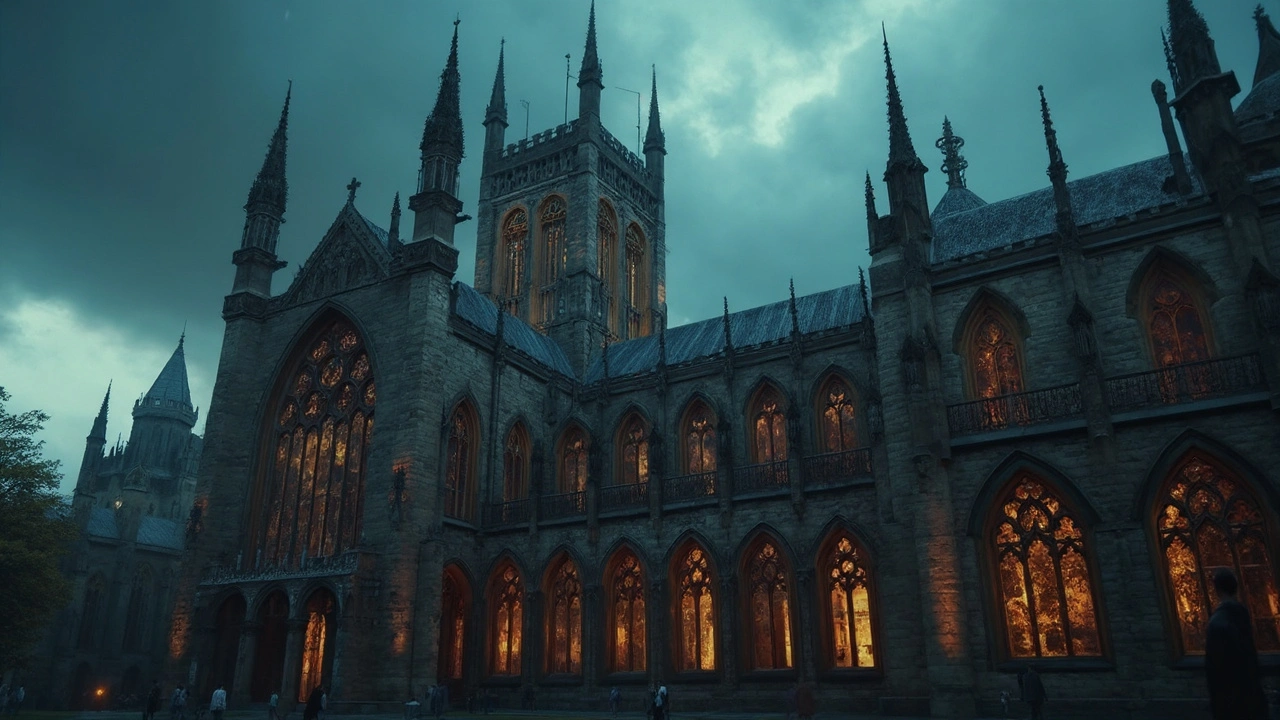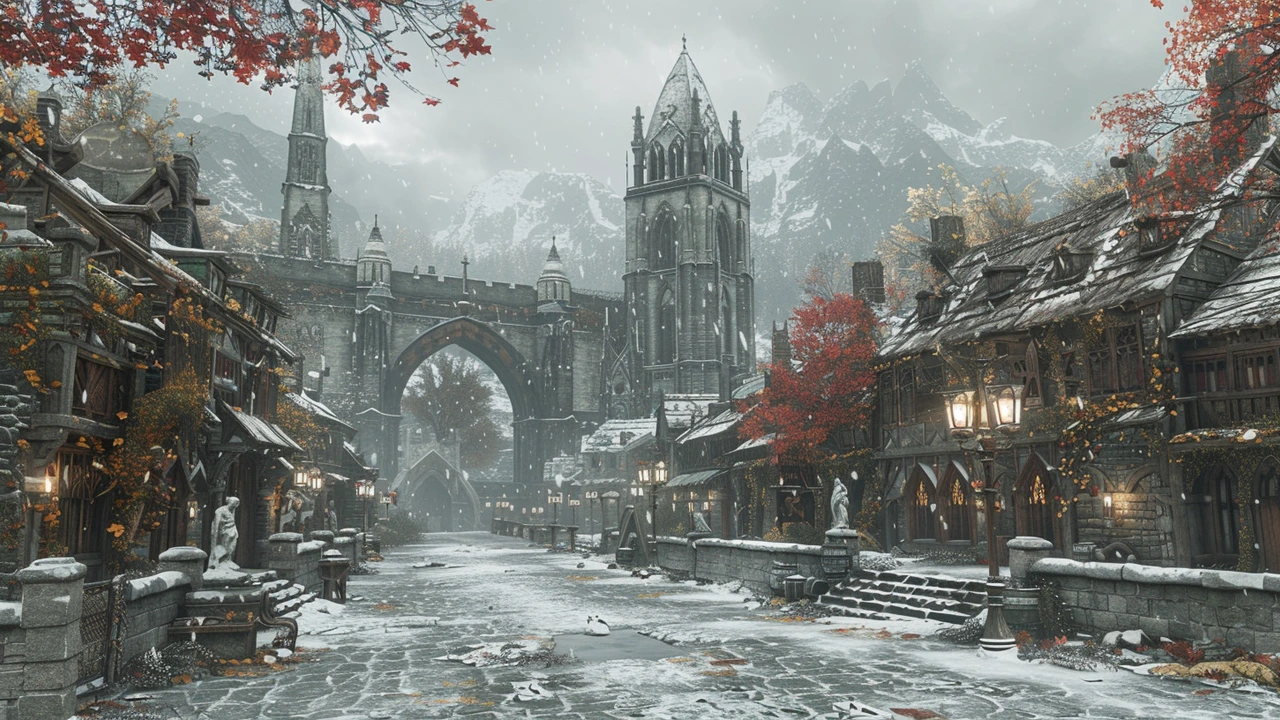Medieval Art: A Practical Guide for Seeing and Understanding
Most medieval art was made between about 800 and 1500 AD. Artists were usually anonymous, and the work served churches, courts, and rulers. That makes medieval pieces great time capsules: they tell stories about belief, power, and daily life in plain visual terms. Want to know what to watch for when you visit a cathedral, museum, or old manuscript? Read on.
Three quick style markers: Byzantine, Romanesque, Gothic
Byzantine art (early medieval) favors flat gold backgrounds, stylized faces, and strong color — think mosaics and icons. Romanesque (11th–12th centuries) looks heavier: thick walls, rounded arches, bold sculpture on church portals. Gothic (12th–15th centuries) opens up space and light: pointed arches, flying buttresses, tall stained glass windows, and more natural-looking figures in sculpture and painting.
What medieval artists made — and how to read it
Manuscripts: Illuminated books are mini galleries. Look for gold leaf, page frames, and compressed scenes that tell whole stories in tiny panels. Symbols matter: a lamb often points to Christ; certain colors flag social rank or holiness.
Stained glass: Windows are like color sermons. Figures are stacked, faces are expressive, and you’ll often see inscriptions that name scenes. From a distance the glass reads as light and color; up close it’s craftsmanship and tiny painted details.
Sculpture and reliefs: Stone carvings on portals and choir screens mix storytelling with decoration. Check faces, gestures, and how scenes are arranged. Early medieval sculpture is more abstract; later Gothic carvings show movement and detailed clothing.
Tapestry and textiles: These were luxury items used for warmth and status. The Bayeux Tapestry, for example, is a running narrative—think of it as a comic strip made of cloth. Metalwork and enamels are smaller but often exquisitely detailed—brooches, reliquaries, and altar pieces that survive in museums.
Dating and makers: Many works lack signatures, so look at style, materials, and the patron’s coat of arms. Written records or church archives can help date a piece. If a work seems simplified yet bold, it may be earlier; if it shows realistic drapery and depth, it’s likely later medieval.
Where to see standout medieval art: Chartres Cathedral and Notre-Dame de Paris for stained glass and sculpture; Sainte-Chapelle for jewel-like glass; The Cloisters (Met) and the Morgan Library for manuscripts; Bayeux for the famous tapestry. Local museums often hold reliquaries and small sculptures you can study up close.
Quick tips for visitors: Bring a small notebook or take photos of details to compare later. Look for inscriptions and coats of arms to spot patrons. Notice scale—big images were meant to teach whole crowds, small objects were private and precious.
Medieval art may at first feel strange, but once you learn the symbols and materials it becomes surprisingly direct. Try spotting the same icon or pattern in different places—the repeats tell you what mattered to people then. Curious for deeper reads and case studies? Explore the linked articles under this tag to see Gothic, Romanesque, manuscripts, and more in action.


